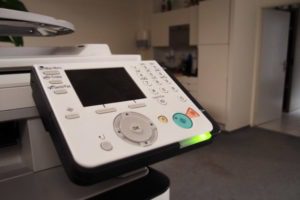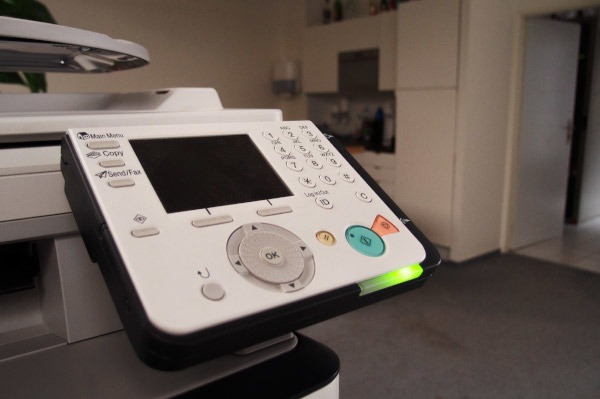 The process of sending a file from email to fax machine goes by many names: Email-to-fax, digital faxing, virtual faxing, internet faxing, and fax-over-IP (FoIP).
The process of sending a file from email to fax machine goes by many names: Email-to-fax, digital faxing, virtual faxing, internet faxing, and fax-over-IP (FoIP).
VirtualPBX offers an Email-to-Fax service with all its Business Phone Plans. It lets you send email attachments to client fax machines by simply emailing a special address (like [email protected]). It also accepts faxes and delivers the pages as attachments to your email inbox.
This article will demystify the email to fax machine process. Keep reading to get a brief lesson in analog and digital faxing, the protocols that define communication between fax machines, and the necessity of fax servers and software for modern email-to-fax procedures.
The Fun History of Faxing
Faxing has had a fun and complicated history. Early machines used synchronized pendulums that stood eight feet tall to record messages onto electrically-sensitive paper. Further inventions harnessed light-sensitive paper. And eventually technology progressed to shrink fax machines to desk size and allow them to print on ordinary computer paper.
We offer a brief timeline of the fax machine on our blog, which references the first relevant faxing patent made in 1843. There’s also an excellent episode of The Secret Life of Machines that provides a deeper look into the devices described above.
Running on the PSTN
This article veers from those links by starting a discussion about the Public Switched Telephone Network (PSTN). The detailed guide linked here, titled “What is VoIP?” mentions the PSTN as part of the whole of VoIP telephony.
The most salient examples of the PSTN are the telephone poles and copper wires that line your streets. Although those structures have existed for some time, they are an essential part of residential and business communications because they often create a direct connection between an home or office and the global phone and internet network.
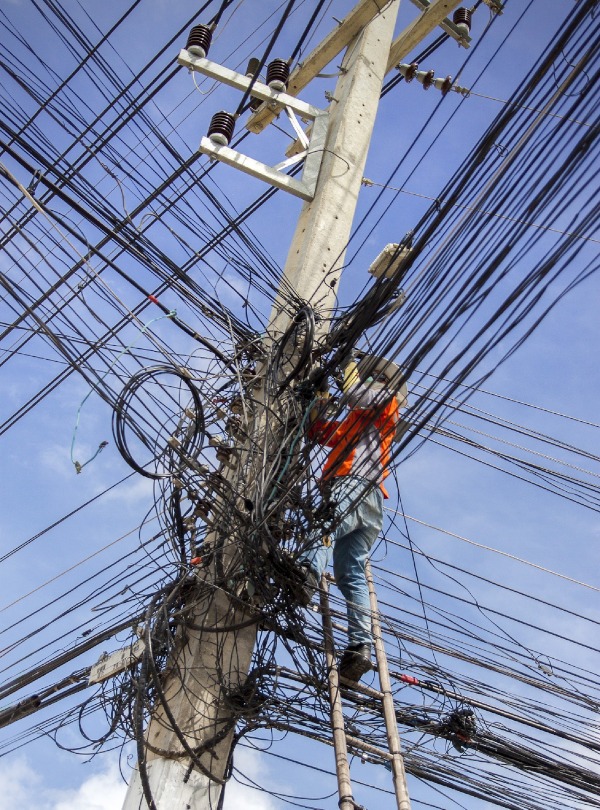 Faxing, like phone calls, used to take place entirely through copper wires. There was no internet; all communication was analog.
Faxing, like phone calls, used to take place entirely through copper wires. There was no internet; all communication was analog.
With the advent of the internet and digital communications fixtures – such as digital servers and fiber optic cable – both voice services and faxing changed. Faxes that used to make their way entirely through a series of copper and analog assets began to see less of that infrastructure. They started to run through parts of the internet, which required the development of codecs.
Meanwhile, individuals started to want more functionality in their devices. They sought services like sending email to fax machines and connecting fax machines to VoIP networks. Customer demand grew for more flexible and convenient services, so the standards of the digital world met the analog world where it stood.
Digital Faxing With Codecs and Protocols
We can again reference our What is VoIP? guide when mentioning the development of codecs and protocols.
The word “codec” is a portmanteau of coder-decoder. It refers to the coding and decoding of information.
In the context of voice signals that travel over digital networks, codecs like G.711 and G.729 transform voice signals that you speak into your phone. VoIP codecs turn sounds into digital signals for outgoing transmissions, and they turn digital signals into sounds for incoming transmissions. They make digital voice communication possible by making information understandable by humans.
Protocols like SIP and H.323 provide specific instructions for how one VoIP device can reach another. For instance, they might define how a VoIP gateway can reach an IP phone.
Similarly, standards developed by the International Telecommunication Union such as T.37 and T.38 were created to organize faxing protocols across the digital infrastructure of IP networks.
T.37
The T.37 protocol’s official title describes the problem it addresses: “Procedures for the transfer of facsimile data via store-and-forward on the internet.”
What this means is that T.37 describes how fax machines can send faxes directly to an email address. When you scan a document with a T.37-compliant fax machine, it converts the fax into a TIFF image and transfers that image to the email address you specify.
This procedure defines how a fax machine can send a stand-alone document to an email address. It also provides instructions for how the fax machine can interact with a fax server to communicate with an ordinary fax machine.
In the latter case, the server could convert emails to regular faxes and vice versa.
This is all collectively referred to as the “store-and-forward” technique – as shown in its title.
T.38
The title of T.38 brings real-time communication into the mix: “Procedures for real-time Group 3 facsimile communication over IP networks.”
This protocol defines the standard for allowing two ordinary fax machines to communicate over IP networks.
Ordinary fax machines use the ITU’s T.30 specification to send faxes to each other. T.38 acts as a subset of T.30.
From fax machine, through the PSTN and a digital IP network, to a second fax machine:
- Fax Machine 1 sends an analog signal to the PSTN
- The PSTN relays that signal to a Fax Server 1
- Fax Server 1 converts the analog signal to digital packets
- Fax Server 1 sends the digital packets through an IP network to Fax Server 2
- Fax Server 2 converts the digital packets back to an analog signal
- Fax Server 2 relays the analog signal to the PSTN
- The PSTN sends the analog signal to Fax Machine 2
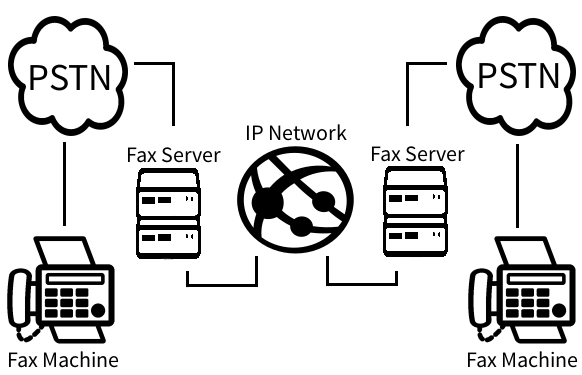
From the vantage point of the specifications, T.38 becomes relevant at the end of Step 2 and persists until the beginning of Step 6.
The PSTN plays a primary role in this process. But you can see in Steps 2 through 6 where the IP network takes command where the PSTN once did all the work.
Fax Server
The two fax servers listed in the previous example are essential to connecting two fax machines over an IP network.
A fax server would be used by a service provider like VirtualPBX to let the PSTN “speak” to the digital network. It knows both the PSTN and IP languages.
This server might also be called a fax gateway. It’s typically a piece of software that uses T.38 standards to send, receive, and convert fax messages.
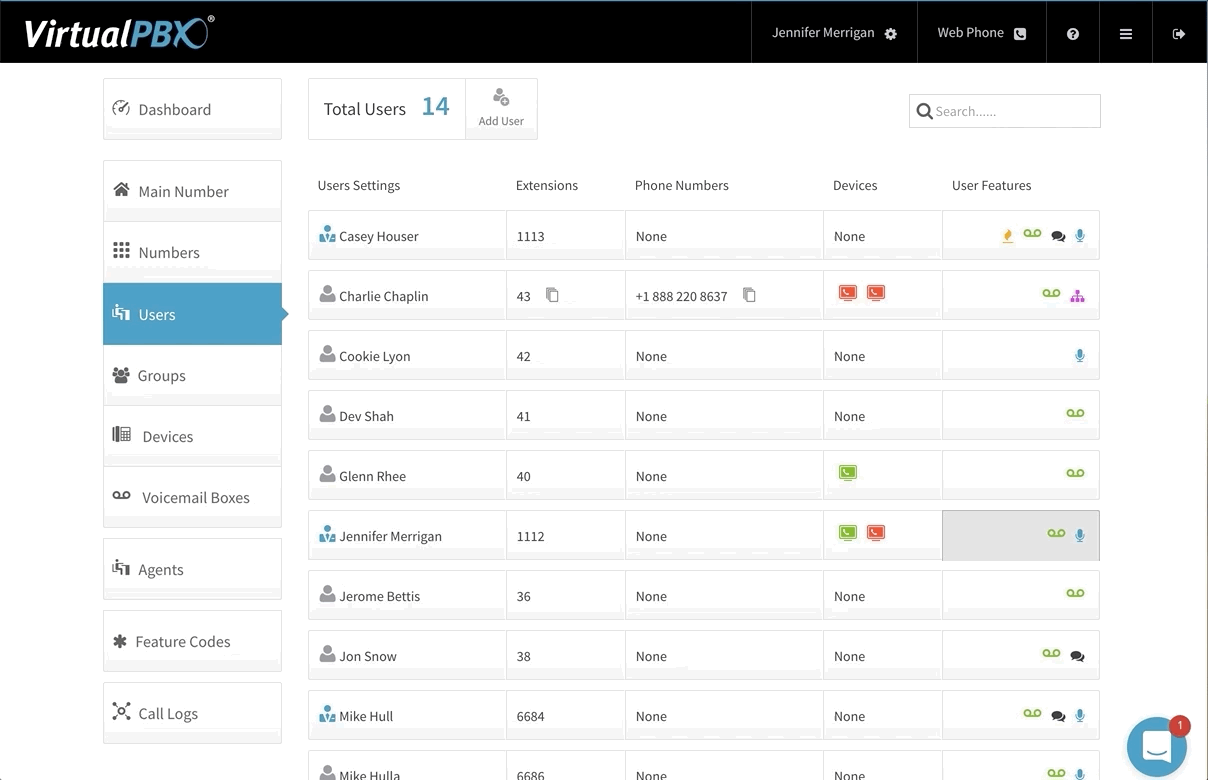 From Email to Fax Machine
From Email to Fax Machine
It’s at this point that you can understand how a service like VirtualPBX’s Email-to-Fax works.
With fax servers as the central point, web services and client software can link a VoIP service to a fax machine.
VirtualPBX’s web portal lets you send an email with a TIFF or PDF attachment to a fax number. When you do that, you send the attachment to VirtualPBX’s fax server that completes all the processes described above. It also does this in reverse when receiving a fax.
As a customer, most of this is invisible. The protocols and standards of the modern VoIP and faxing ecosystem make the email to fax machine process simple and reliable. A cutting-edge business can communicate entirely through email with any traditional faxing holdouts.
Thanks for sticking through this guide. We hope you learned a lot about a process you probably use every day. If nothing else, now you can send your email-faxes with the cover sheet message: “I know how this works!”

